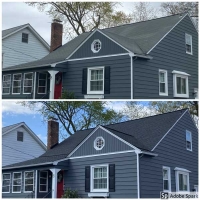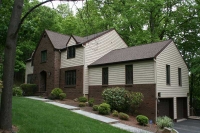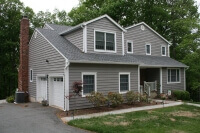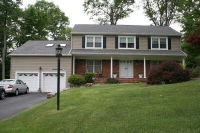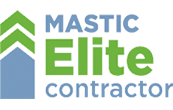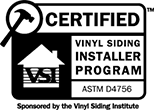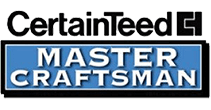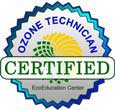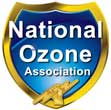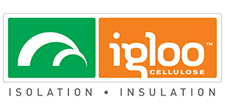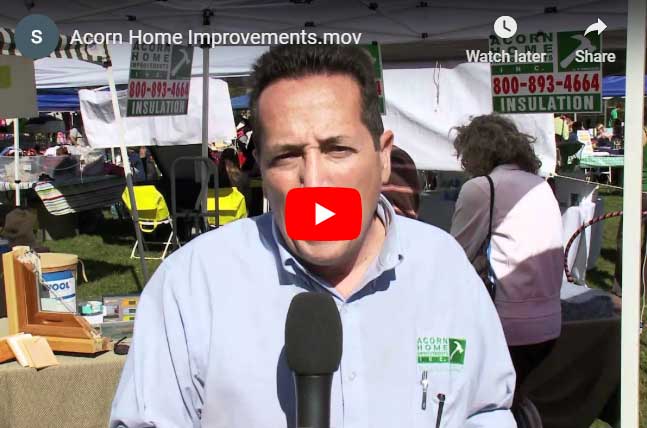Deciding on the best type of attic insulation can significantly impact your home’s energy efficiency and comfort. With various insulation types available on the market, you might have a hard time finding the best one that best suits your needs. Local contractor Acorn Home Improvements takes a look at the benefits and drawbacks of the most common types of attic insulation.

Fiberglass Insulation: Popular and Effective
Fiberglass insulation is widely acclaimed for its effectiveness in trapping heat, thereby keeping your Whippany home warm during the chilly winters and cool in the summer. Manufactured from spun glass fibers, this type of insulation is available in batts, rolls, and loose-fill forms. It does not support mold growth, making it a safe and hygienic option. Although it is pricier compared to some other insulation types, the investment in fiberglass insulation typically pays off through decreased energy bills and enhanced home comfort.
Cellulose Insulation: Eco-Friendly and Efficient
For those seeking an environmentally friendly option, cellulose insulation, made from recycled paper products, stands out as a stellar choice. It boasts notable effectiveness due to its dense material, which is excellent at sealing air leaks and reducing energy costs. Treated with fire retardants and insecticides, cellulose insulation is safe for use in residential spaces. However, it requires proper installation to prevent settling over time, which may diminish its insulative properties.
Spray Foam Insulation: Long-Lasting and Versatile
Spray foam insulation offers remarkable energy efficiency by creating a tight seal that blocks drafts, pests, and moisture. Suitable for both residential and commercial properties, this insulation type is known for its durability and fire resistance. Spray foam does not settle or degrade over time, making it a long-lasting solution for maintaining an optimal indoor climate. Despite its higher upfront cost, spray foam can lead to significant energy savings in the long run.
Choosing the Safest Option
When it comes to safety, blown-in cellulose insulation is often lauded for its use of fire retardants, making it a safer choice compared to other materials. Additionally, its environmental friendliness and effectiveness in sealing off air leaks make it a standout choice for homeowners focused on both safety and energy efficiency.
Understanding the R-Values of Your Chosen Attic Insulation
The R-value, a measure of insulation’s resistance to heat flow, plays a pivotal role in selecting the right attic insulation. Generally, attic insulation requires an R-value between R-30 and R-60, depending on specific climate conditions and the home’s existing insulation.
To help you choose the best attic insulation for your home, turn to Acorn Home Improvements. Our team is equipped with the knowledge and technology to accurately assess the efficiency of your home and professionally install insulation according to your property’s needs. Call us at (973) 386-9604, or fill out our contact form to request an estimate.

